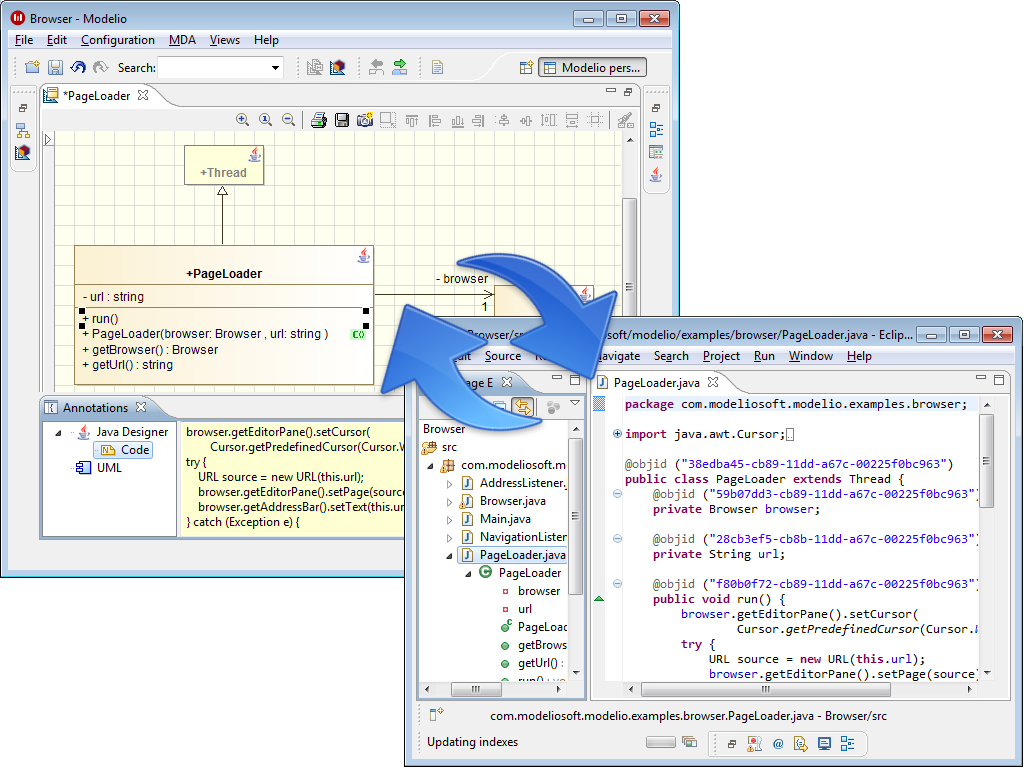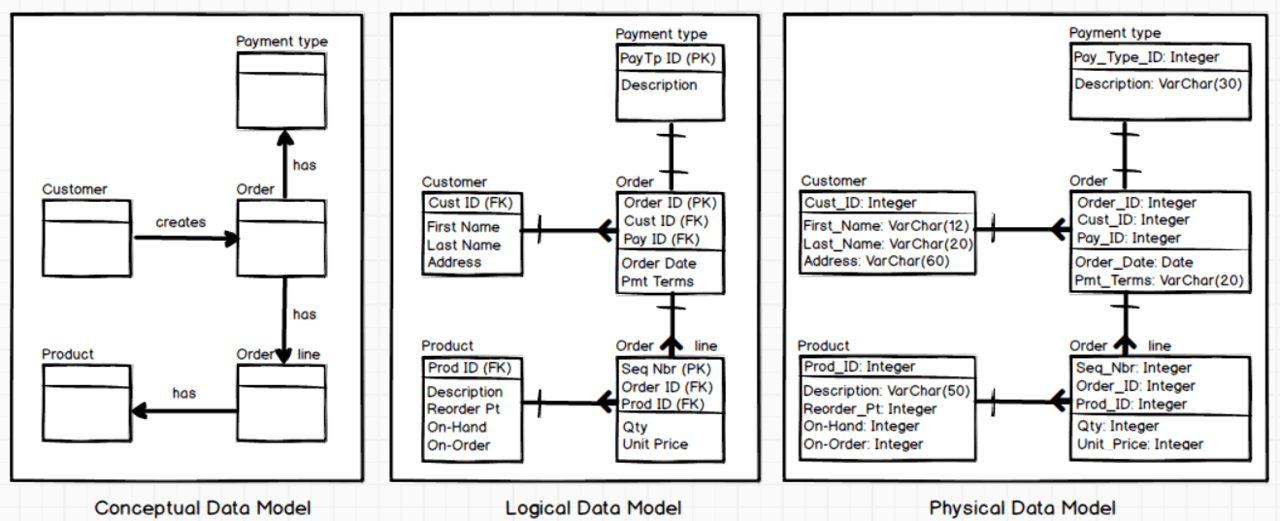

Similarly, DGs with competencies in relation to the scope of the evidence being modelled, will share relevant information and existing legal pieces of work (and/or other relevant pieces of work) Working Group members will share information they possess related to the OOTS data model for specific evidence types being built.

Step 3 Identify and analyse models used or standardisation efforts (elsewhere).Step 2 Identify and share entities, attributes and descriptions used in national implementations.Step 1 Identify and share existing models and standardisation efforts.Phase 1: Identify and analyse existing standardisation efforts, evidences and data models Member States representatives, should therefore be well represented during throughout the process. Having a high degree of participation from MS is therefore essential to achieve quality results which are consensus-driven.
Creating my own modelio data types how to#
( Here you can find the documentation on how to create issues on GitHub.)Įngagement is a key element to the success of the different stages of the methodology. Github offers built-in versioning control as well as other features that make it easy to propose suggestions and raise issues. GitHub is used as the platform for reviewing the data models as it is the de facto standard for developing technical specifications in a collaborative manner. Review activities occur throughout the course of the methodology. As in any project, business needs are defined before technical needs. As we advance to the latter stages of the methodology, they make way for technical activities. formal assessment potentially leading to changes.īusiness analysis activities are more present at the beginning of the methodology. identifying technical requirements and determining solutions. identifying business needs and determining solutions. Finally, for each step, three types of activities have been identified: This is intended to make this methodology as easy to use as possible, helping the reader to develop common data models. When relevant, additional information is provided alongside the key activities, in the form of rules and guidelines, tools or even examples. If any key terms are unclear to you, please refer to the glossary. If you would like to see an overview of the general roles and responsibilities of a stakeholder group, please refer to the section defining roles and responsibilities. Once the evidence type to be modelled is defined, the methodology can be applied.įor each step, the key activities of every stakeholder group are described. Their knowledge of the different specific features of national use cases and evidence will streamline the process of selecting the most relevant evidence to be modelled. The involvement of domain experts (preferably from each Member State) in this kind of discussion is key to ensure collaboration between Member States. To define which evidences are to be modelled, there must be an evidence selection process where candidate evidences are evaluated and either selected or discarded based on whether they fulfil certain criteria or use case(s). the identification of the evidence types to be modelled through the definition of use cases, is expected to take place. This process should be placed in a broader context, in the sense that preliminary work carried out upstream, i.e. In line with the European Commission’s core values of democracy and transparency, this methodology provides tools and guidelines on how to reach the widest consensus possible. In essence, the steps focus on arriving at a consensus on semantics. There are six phases, which range from the identification of existing efforts, evidences and data models to the creation of distributions and the publication of documentation. In order to model the semantics for different types of evidence exchanged in cross-border administrative procedures, the methodology envisions the following key phases as shown below: This folder contains the various steps of a methodology to develop new data models for evidence types under the SDGR.


 0 kommentar(er)
0 kommentar(er)
